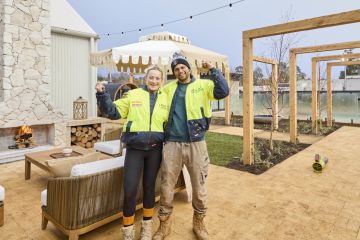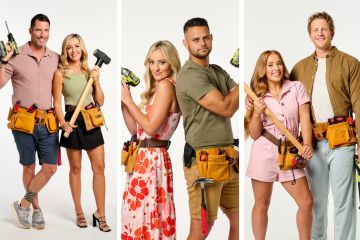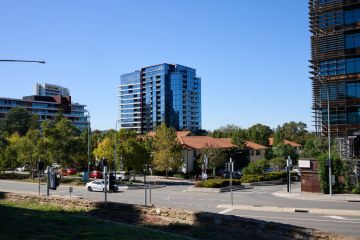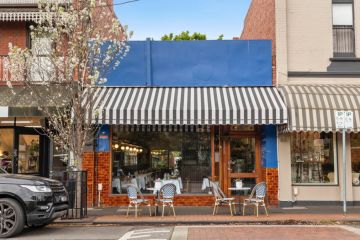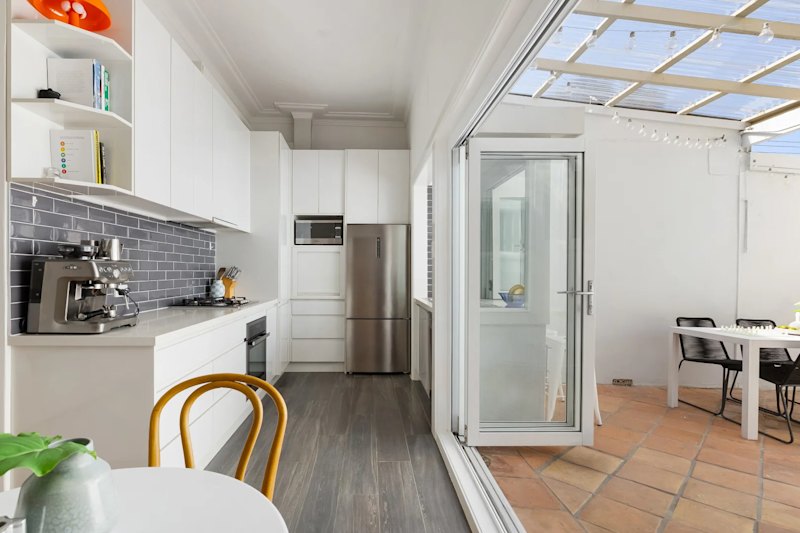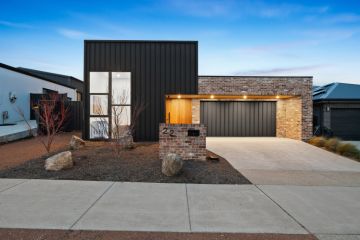Elderly living high life as young buyers purchase apartments for their parents
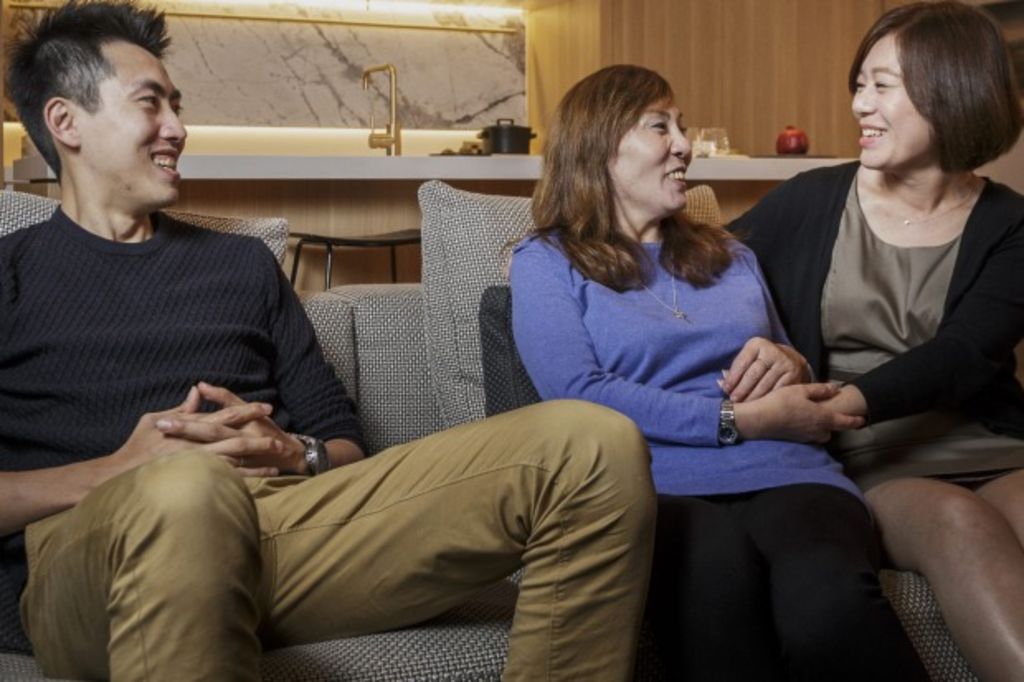
Demand for high-rise granny flats is gradually on the up, with young families buying apartments for the growing grey market of ageing mums and dads.
Adult children buying off-the-plan pads, in new towers, for their parents to live in is shaping as a possible alternative to the traditional bungalow in the backyard.
The trend is driven by Chinese buyers looking after elderly parents, as is traditional custom, according to a Melbourne-based developer.
The buyers fall under the so-called “sandwich generation” of Gen X and baby boomers raising kids of their own while caring for older parents.
Dandan Zhao, marketing and sales director of developer Golden Age, said the larger apartments within the company’s 35-storey Box Hill tower, Sky One, have been popular with children buying for their parents.
“Their parents have lived in a house, and when they downsize they don’t want to downsize to a shoe box, they want something of nice quality,” she said.
Ms Zhao said buyers were reciprocating their parents’ care, with some moving to Melbourne from China to be near to relatives and grandchildren.
“It is traditional Asian culture, when you are young your parents help you, and when you grow up and your parents are getting older, you are supposed to help out,” Ms Zhao said.
Jessica Pan and her husband, Gary Wong, have bought an apartment at Sky One for Jessica’s mother Hui Zhang, 51, who has relocated to Melbourne from Shanghai.
“She was living by herself for a long time, but when she came to Melbourne it was little bit more quiet than Shanghai,” Ms Pan said.
“She is really happy about it, especially having someone to play mahjong with.”
Ms Pan said her mother’s safety and security was a priority, and an apartment would provide neighbourly and community connections.
They will live with Hui until she adjusts to the apartment, and then move to another property in the suburb to raise children, Ms Pan said.
Social researcher Mark McCrindle said a “longevity boom” of older Australians remaining active was delaying a shift into retirement villages.
“The first big change has been that older people are accepting multi-residential living as an alternative,” Mr McCrindle said.
“Apartment living is very much meeting the needs of older Australians — there are no steps, they don’t have to worry about a backyard or maintaining common property, and the lifestyle.
“One of the key drivers, apart from the appropriateness of such living, is that their children are wanting it. It is these working 20, 30 and 40-something children that are looking for that grandparent care, and the support that only a grandparent can offer, and not just looking at childcare every day.”
Marshall White’s director of projects Leonard Teplin said a growing number of clients were interested in buying apartments for elderly parents.
Mr Teplin recently sold out the apartments at Kew’s Hart development, which “three or four” groups of 60-plus buyers will move into, so they were near to family.
“The kids are thinking that mum and dad are getting to an age that they need something low maintenance,” Mr Teplin said.
“There is a shift in the marketplace that we are seeing, with a lot more kids looking for their parents and considering it as an option.
“The grey market are really embracing this sort of living in the suburbs.”
We recommend
We thought you might like
States
Capital Cities
Capital Cities - Rentals
Popular Areas
Allhomes
More
